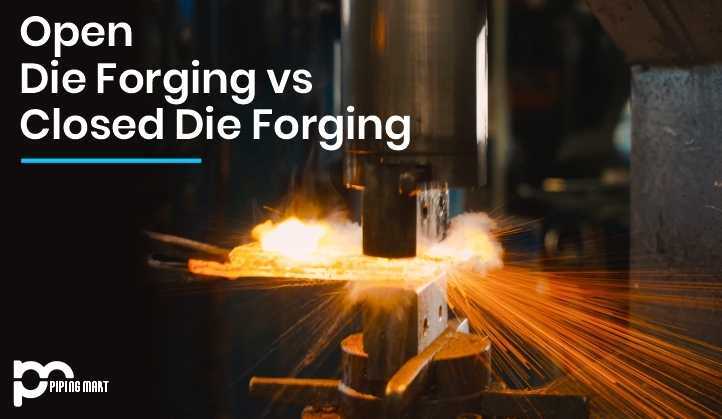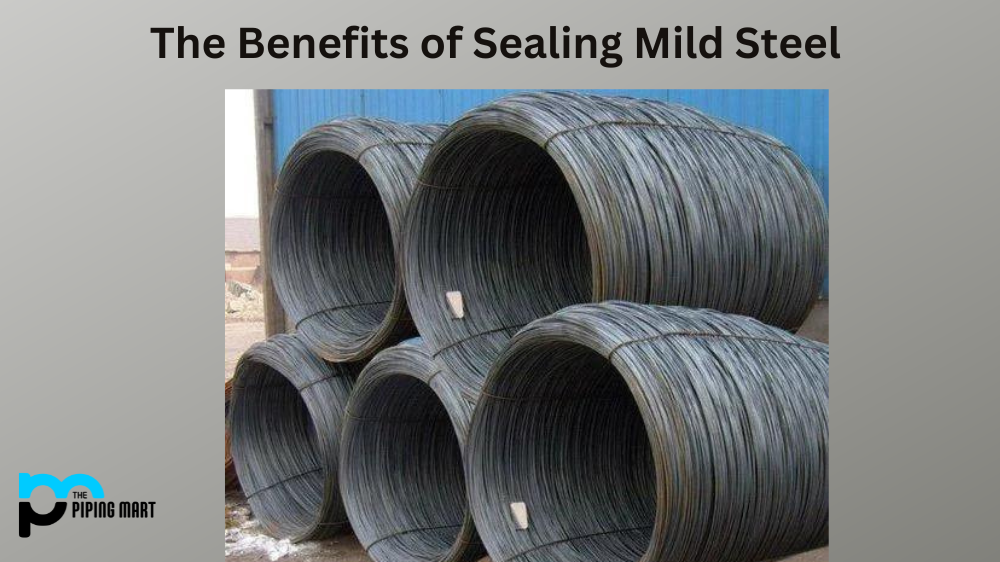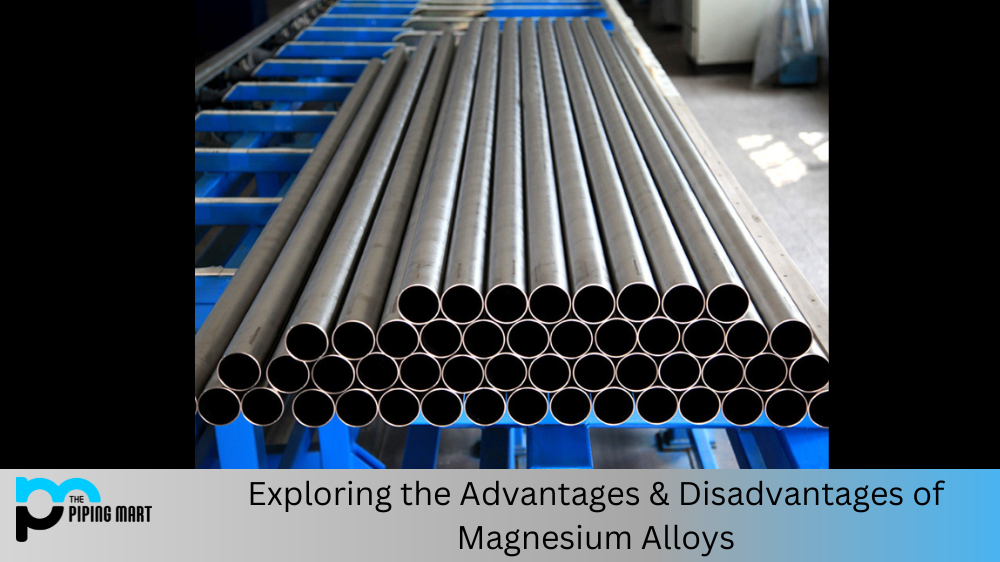Open Die Forging
Open Die Forging involves the formation of warmed metal parts between a bucket top kick attached to a slam and a base pass attached to a maze, iron block, or reinforcing. Metal pieces are manufactured at their correct temperatures, varying from 500 ° F to 2400 ° F, and shaped step by phase in the perfect style through useful pounding or squeezing of the job piece.
Open Die Forging is often called Free Welding. In Open Die Forging, the dust that does not completely enclose the metal is placed between different bites of the billet. The dimensions can be modified by beating and walking the metal into a developmental process before the last dimensions are done.
Closed Die Forging
Closed Die Forging (otherwise known as impression die Forging) is a method of metal forming that packs a bit of metal that is compressed to fill the dust impression with an encased crack. The second generating operation is needed to arrive at definitive shapes and measurements for certain extraordinary shapes. The type of content, the snugness of the resistors and the heat treatment requirement will decide the cost of a shutdown kick created by the bucket component.
Closed Die Forging, is additionally referred to as the dust manufacturing sensation snap. For required shapes it uses high strain to pack the metal piece to fill an enclosed bite with the dust impression. A medium-recurrence heater for heating the metal is used to squeeze the bucket into kicks.
The difference between Open Die the dust fashioning and Closed Die Forging
Although Closed Die Forging restricts the metal in passes, it is understood by Open Die Forging that the metal is never completely bound or regulated in the bites of the material. Most incredible on the level passes is made. In either event, circular swinging kicks the floor, V-bites the mud, mandrels, sticks and free instruments are often used on the basis of the perfect component configuration and its scale.
While the Open Die Forging method is also related to larger, more direct molded sections, such as walls, holes, circles, hollows or axles, it continues to be used as a definitive alternative in “handmade” metal segments. High-quality, long-life components have advanced to the point that both mechanical properties and auxiliary trustworthiness are produced today in sizes varying from a few pounds to many tons. Similarly, forging shops now sell forms that were deemed qualified by the Open Die Forging method at no other period.
Open Die Forging and Closed Die Forging are also special in their method. All in all, the embellishment passes on for Closed Die Forging is first precision machined and the expense is high. The metal bars are then placed on the dust between the upper and lower bites and crafted to any form desired. Next to no machining should be performed after Closed Die Forging because of its high accuracy during the whole process. So great is also a net form or near stream formation phase.
Of Open Die Forging, a forging hammer’s constant assault uses enormous compressive forces to crack the billets of metal. Unlike closed die forging, transparent die forging is completely simple to do. And secondly it also performs the process of machining.

Pipingmart is B2B portal specializes in industrial, metal and piping products. Also, share latest information and news related to products, materials and different types grades to help business dealing in this industry.




